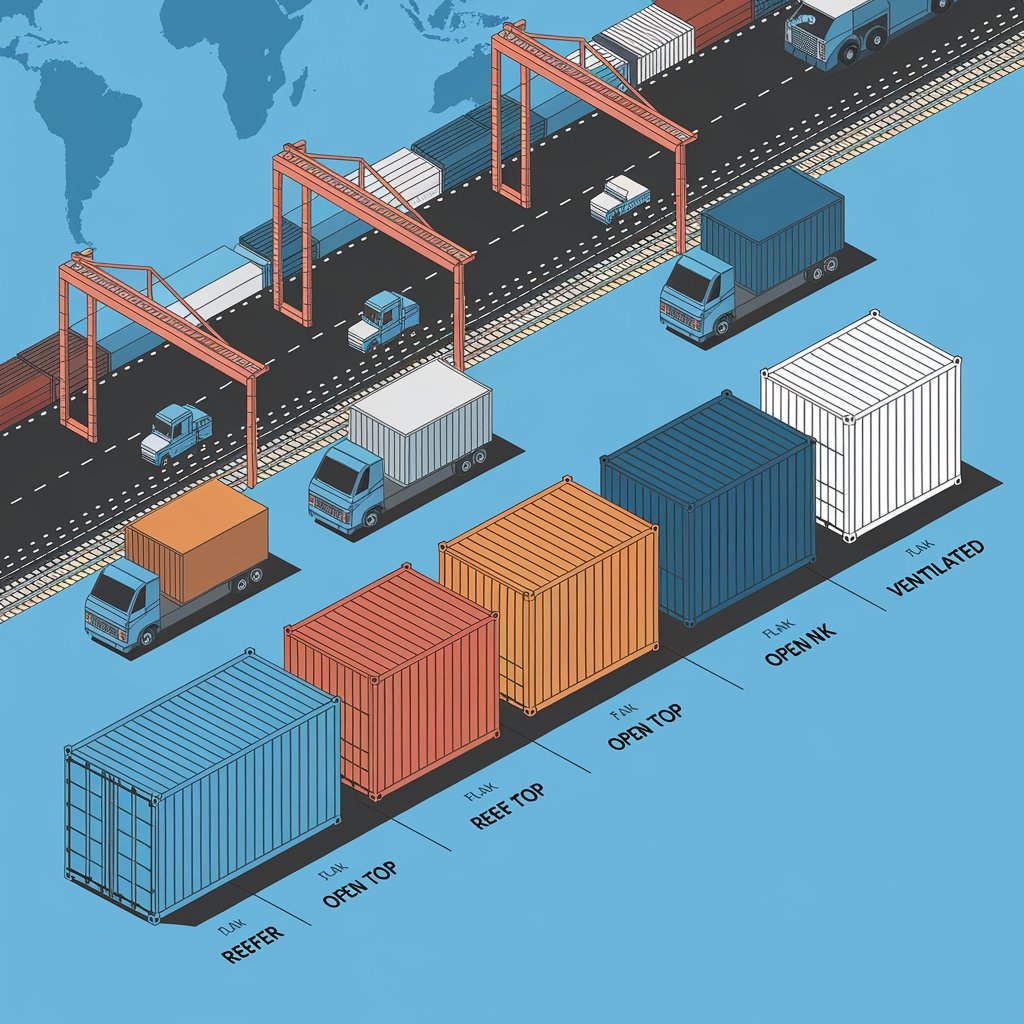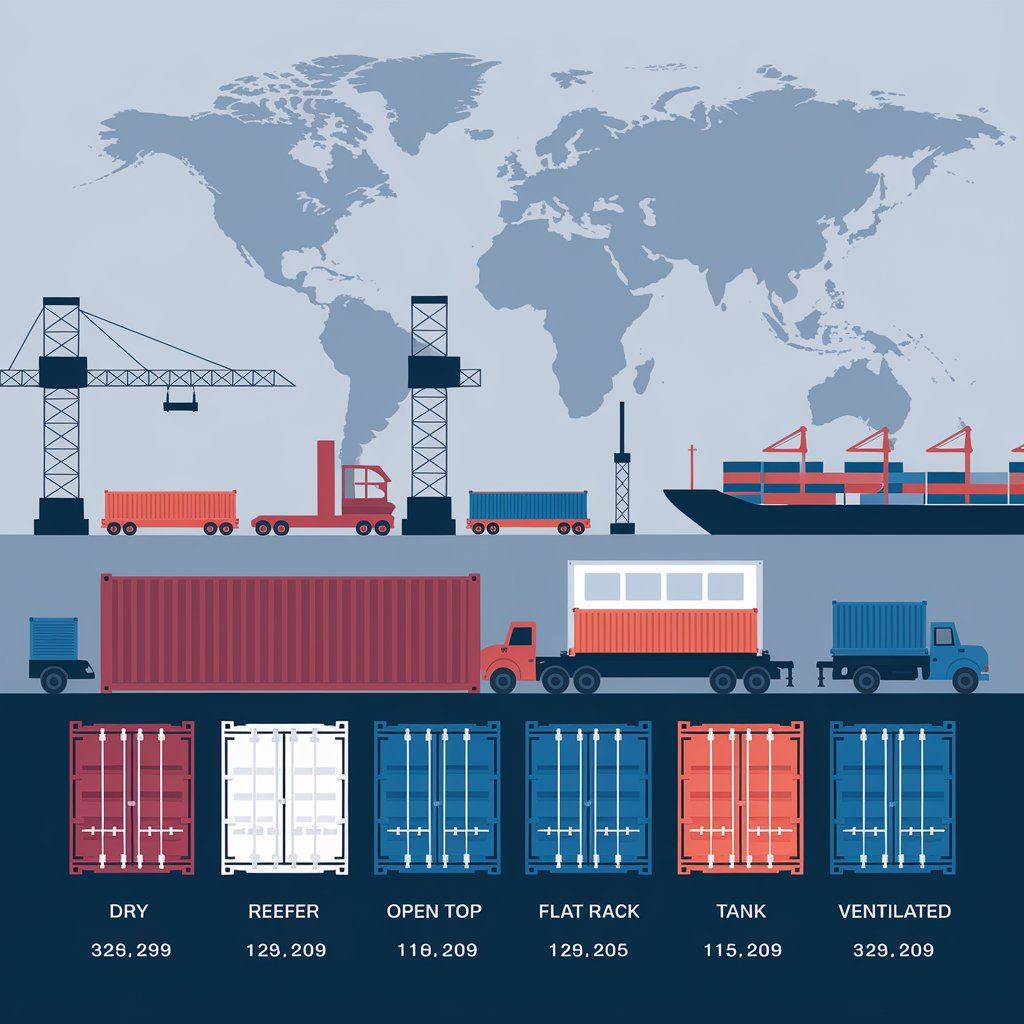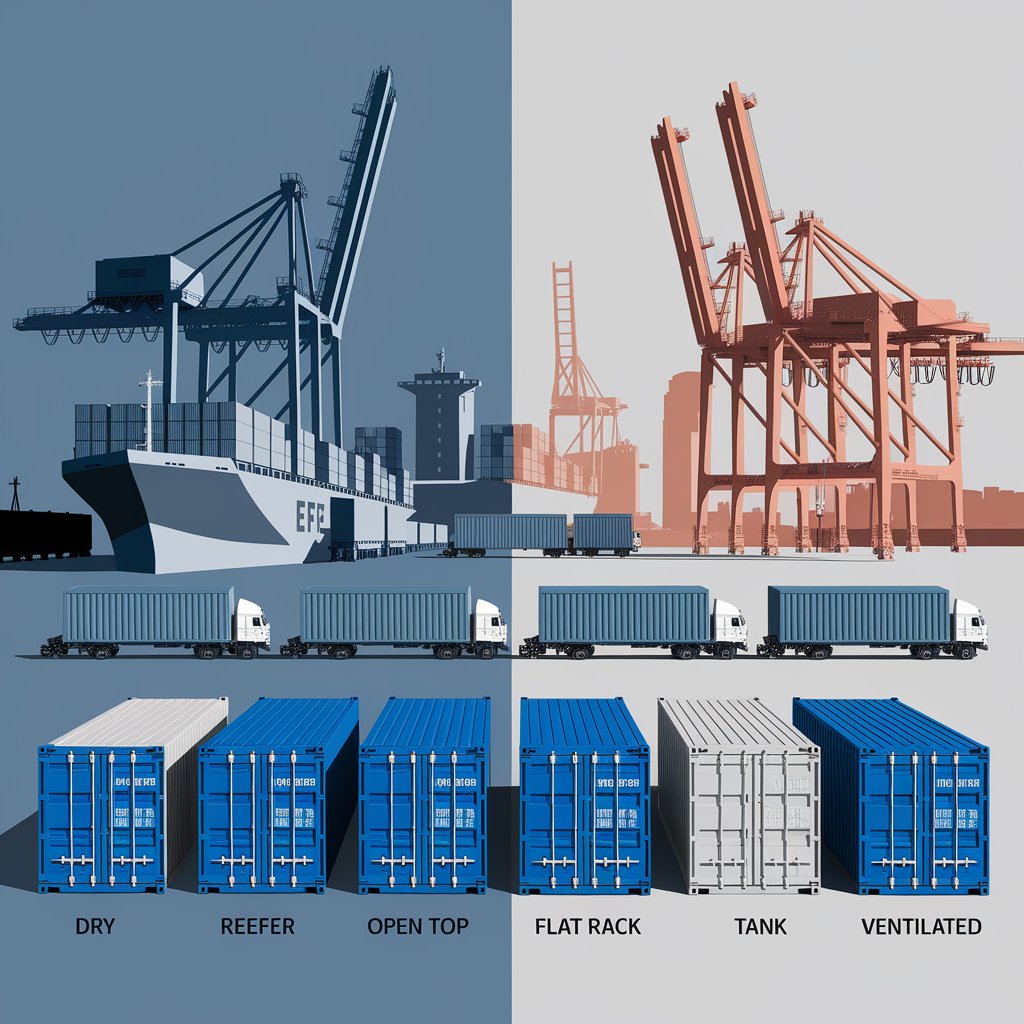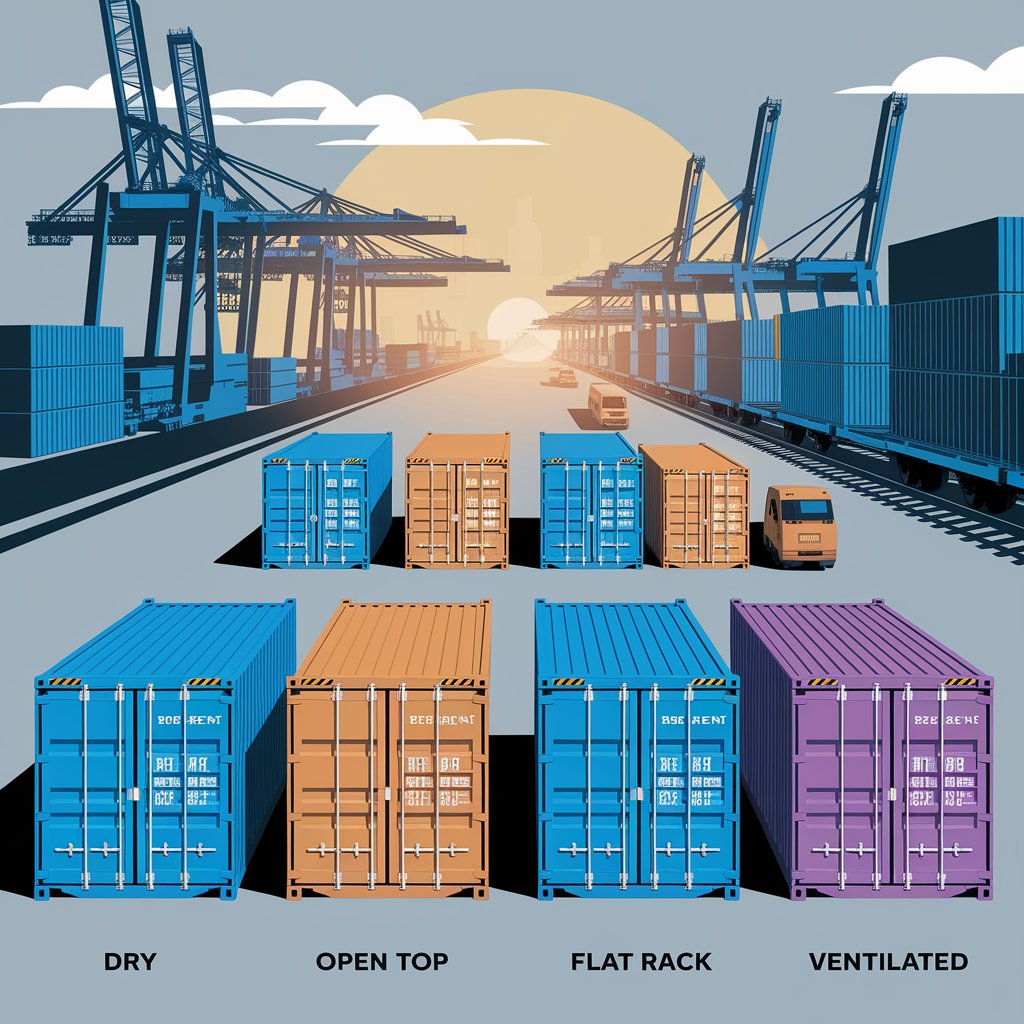Freight Container: Types, Dimensions, and What You Need to Know
Standard dimensions and capacity
Use cases across industries
How to choose the right one for your shipping needs
Let’s open the box on freight containers. 📦🔍

📦 What Is a Freight Container?
A freight container is a reusable, standardized shipping unit used to store and transport goods across long distances. Also known as intermodal containers, they can be transferred between ships, trucks, and trains without unloading the cargo.
Containers offer:
- 🔒 Security and protection from the elements
- 🔄 Easy handling with cranes and forklifts
- 🌎 Global compatibility across ports and modes
- ⏱️ Faster loading/unloading compared to loose freight
These metal giants are essential to the intermodal transport system used in global trade.
🧱 Types of Freight Containers
There are several container types, each suited to different cargo. Here are the most common:
Container Type | Description | Ideal Use |
🟦 Dry Container (Standard) | Fully enclosed, weatherproof | General cargo, pallets, boxes |
❄️ Reefer (Refrigerated) | Temperature-controlled | Perishables, pharmaceuticals |
🔓 Open Top | Removable roof | Tall machinery, oversized goods |
🚪 Flat Rack | No roof or side walls | Heavy, awkward-shaped loads |
🛢️ Tank Container | Cylindrical inside frame | Liquids, chemicals, fuel |
🧺 Ventilated Container | Passive airflow | Agricultural products (e.g., coffee) |

📐 Standard Container Dimensions
Most containers fall into the 20-foot and 40-foot categories, but the dimensions are standardized globally.
📏 20-Foot Container (TEU):
- External: 20’ L x 8’ W x 8’6” H
- Internal volume: ~33.2 m³
- Max payload: ~28,000 kg
📏 40-Foot Container (FEU):
- External: 40’ L x 8’ W x 8’6” H (or 9’6” for High Cube)
- Internal volume: ~67.7 m³
- Max payload: ~28,800 kg
These standardized specs make planning and capacity forecasting easier across modes and countries.
🧰 Where Freight Containers Are Used
Freight containers are used across nearly every industry:
- 🏭 Manufacturing – Raw materials and finished products
- 🛍️ Retail & eCommerce – Consumer goods, apparel
- 🥶 Food & Pharma – Temperature-sensitive cargo in reefers
- 🏗️ Construction – Heavy equipment and prefab components
- 🌾 Agriculture – Bulk grains, coffee, cotton, and fruit
- 🚛 Domestic freight – Regional shipments via intermodal rail/truck
They’re also used for modular buildings, pop-up stores, and emergency housing.

🧠 How to Choose the Right Freight Container
Ask yourself:
✅ What’s the size and weight of my cargo?
✅ Does it need temperature control?
✅ Will it be top-loaded or side-loaded?
✅ Are there stacking or security requirements?
✅ Will it be reused, leased, or one-way?
💡 Pro tip: If you’re shipping internationally, make sure your container is CSC certified and in seaworthy condition.
🔁 Renting vs. Buying Freight Containers
You can:
- Buy (good for frequent or long-term use)
- Lease (ideal for one-time or short-term shipments)
- Use a carrier-owned container (COC) for FCL/LCL transport
Pricing depends on size, condition, type, and location. Expect $2,000–$5,000+ to purchase and ~$3–$5/day for rental.

🏁 Final Thoughts
Whether you’re a shipper, freight forwarder, or logistics manager, understanding freight containers is essential to optimizing supply chain operations. They’re more than metal boxes — they’re the foundation of global commerce.
📦 Choose smart. Ship safely. Go global.
